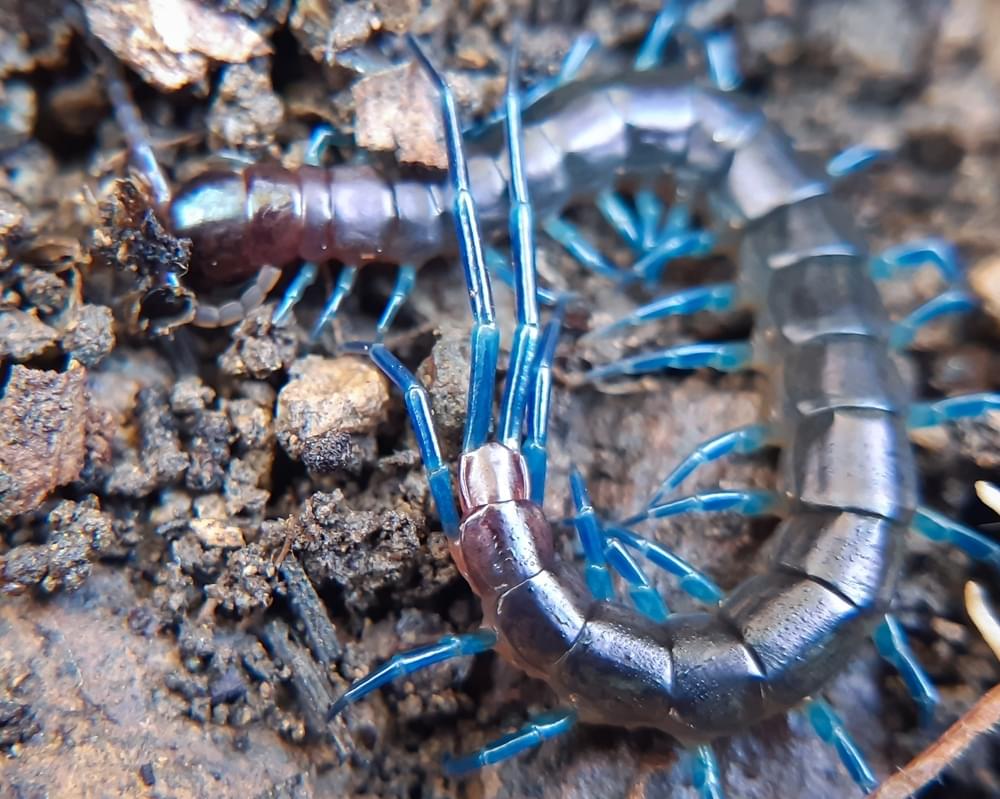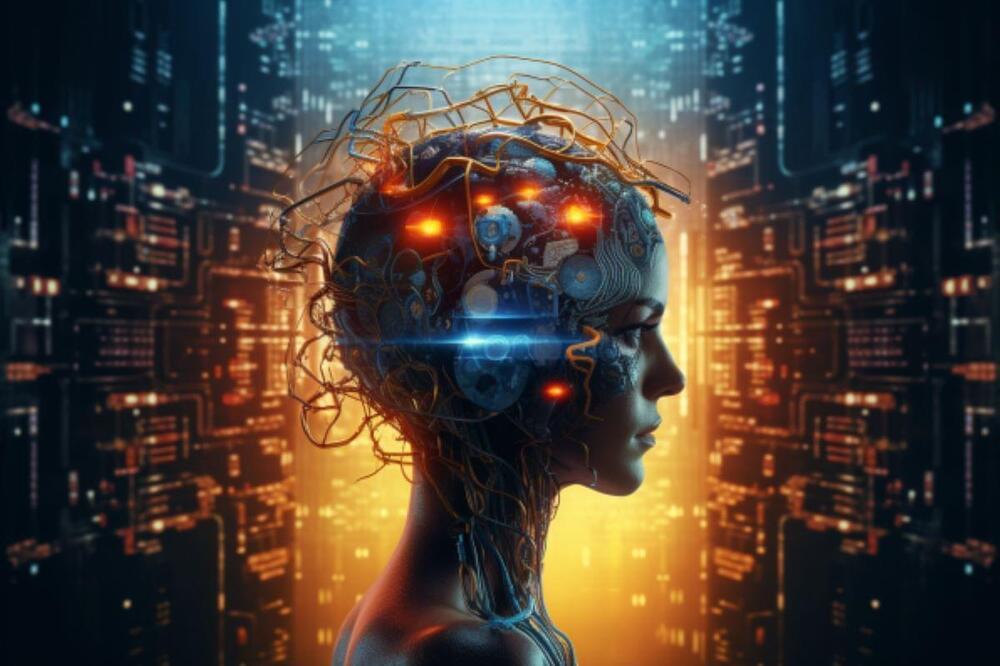Researchers at Max Planck Institute of Quantum Optics (MPQ) and Technical University of Munich (TUM) demonstrated a potential platform for large-scale quantum computing and communication networks. Secure quantum networks are of interest to financial institutions, medical facilities, government agencies, and other organizations that handle personal data and classified information due to their much higher level of security.
To create an environment that supported quantum computing, the researchers excited individual atoms of the rare-earth metal erbium. The excitation process caused the erbium atoms to emit single photons with properties suitable for the construction of quantum networks.








